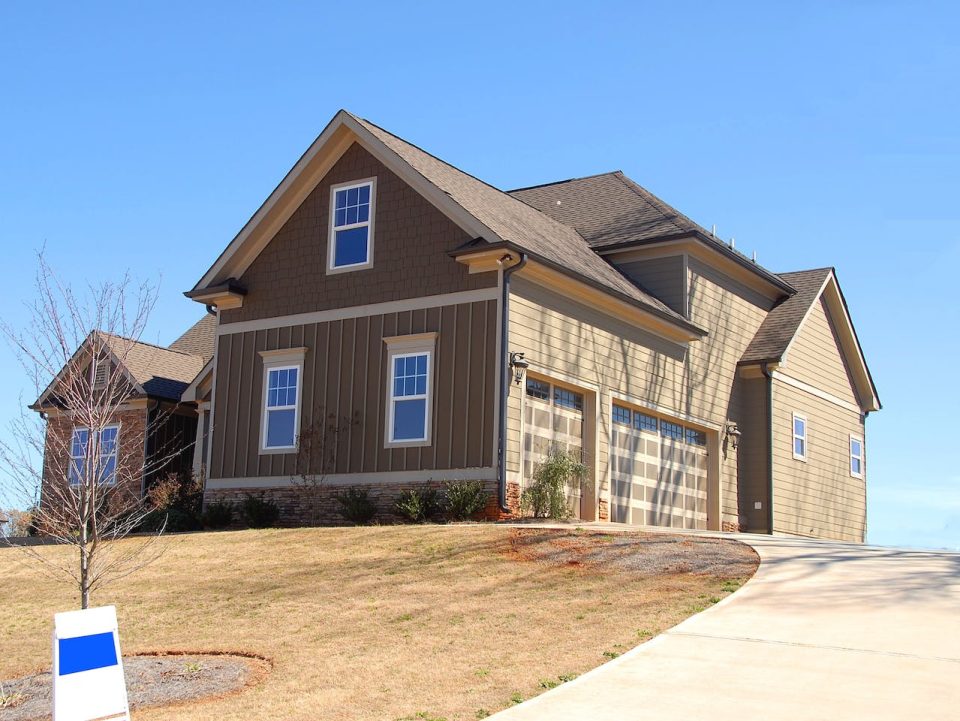The relentless surge in mortgage rates continued last week, inching ever closer to the 8% threshold, prompting a significant number of prospective homebuyers to temporarily step back from the housing market.
Data released by Freddie Mac on Thursday revealed that the average 30-year mortgage rate experienced a notable spike, climbing from 7.63% to 7.79% in the span of a week. This marks the eleventh consecutive week with rates surpassing 7%, and the eighth consecutive week of increases.
In response to the escalating rates, remaining homebuyers are seeking solace in incentives extended by homebuilders or opting for adjustable-rate mortgages (ARMs). However, the viability of these alternatives may be severely tested as forecasts predict a further climb in rates.
Hannah Jones, Senior Economic Research Analyst at Realtor.com, noted, “Recent data on new home sales suggests that buyers are adeptly navigating this challenging environment, despite the burdens of high mortgage rates and persistently elevated prices.” Yet, Jones emphasized the significance of the 8% milestone in mortgage rates, likening it to the impact of 5% Treasury yields, highlighting the formidable financial headwinds confronting borrowers in today’s market.
According to the Mortgage Bankers Association (MBA), the volume of mortgage applications for home purchases experienced a 2% week-over-week decline on a seasonally adjusted basis. This figure stands at a staggering 22% lower than the same period a year ago.
Joel Kan, MBA’s Vice President and Deputy Chief Economist, observed, “Mortgage activity continued its deceleration, reaching its slowest weekly pace since 1995.”
A notable trend emerged as an increasing number of buyers turned to ARMs, enticed by their lower initial rates. The share of ARM applications surged to 9.5% of all applications, the highest level since November 2022.
MBA’s data indicated that the average rate for the 5/1 ARM was recorded at 6.99%. This type of mortgage entails a fixed rate for the initial five years, followed by annual adjustments based on a predetermined interest rate index.
Alternatively, some buyers are exploring the new home market, where builders are offering reduced rates on mortgages facilitated through their affiliated lending entities. This strategy has significantly bolstered new home sales.
PulteGroup (PHM), for instance, provides a permanent buydown option, enabling buyers to secure mortgage rates as low as 5.75% — a substantial reduction compared to prevailing market rates. Between 80% and 85% of buyers in the third quarter opted for these incentives, as stated by PulteGroup CEO Ryan Marshall during the company’s latest earnings call.
Likewise, homebuilder Taylor Morrison reported noteworthy success with similar incentives, surpassing expectations.
Chairman of Taylor Morrison, Sheryl Palmer, stated, “Over recent quarters, we have expanded our incentive programs by offering forward commitments at below-market interest rates.” These rates are applicable to both spec homes with expedited move-in dates and to-be-built homes when combined with an extended rate lock of up to one year, providing enduring interest rate security.
Builders are also reaping the benefits of a dearth in supply of existing homes, a direct consequence of the escalating mortgage rates. Homeowners are hesitant to sell, as doing so would mean exchanging their current low-rate mortgages for significantly higher ones to fund an upgraded purchase.
As of the end of September, the number of available properties for sale reached its lowest point for that month since 1999, according to the National Association of Realtors (NAR). Inventory for single-family homes hit its lowest count since 1982.
The trajectory of housing activity hinges on the future trajectory of mortgage rates.
The yield on the 10-year Treasury, a key indicator for fixed mortgage rates, momentarily exceeded 5% this week, marking the first time in 16 years. Concerns regarding the economy, geopolitical uncertainties, and the Federal Reserve’s commitment to maintaining a higher benchmark rate have all contributed to this notable shift.
Mortgage professional and President of the Florida Association of Mortgage Professionals, Nathaniel Bittman, commented, “The current market is characterized by considerable instability, making it challenging to predict rate movements.” Bittman added, “I do anticipate a sustained period of elevated rates.”
Source: Yahoo Finance

